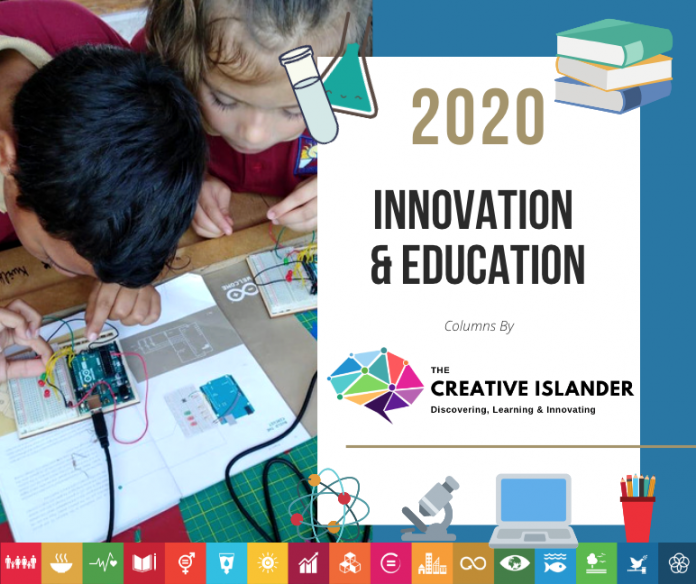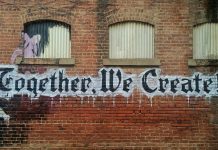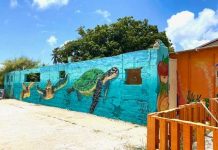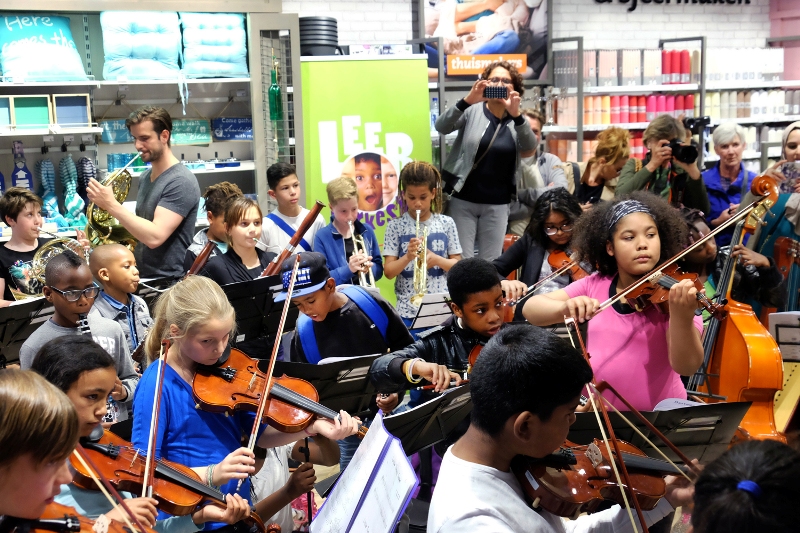In just a blink of an eye we’re now in 2020, a new year and a new decade. Surely this New Year will be a successful one filled with knowledge, positive developments, and learning opportunities. As Aruba was transitioning into this new era, the government announced in 2019 that 2020 will be dedicated to innovation and education. Last year the government focused on the family unit as the foundation of the Aruban society and especially with the goal of reducing domestic abuse. In a press conference, last year, the Minister of Education, Science and Sustainable Development, dr. Armando Lampe, seemed very optimistic and expressed on his Facebook page that; “the secret to change is not by focusing your energy on what already exists, but by contributing with something new”.
A new year, a new face for the Creative Islander.
Considering this year’s focus on innovation and education, the Creative Islander decided it was time for a change. In 2018 when this column started, the primary goal was to share my research results on the effect that culture and creativity could have on socio-economic and cultural developments on the island. Since then, it has become so much more. Now that we transitioned into 2020, the Creative Islander has a new logo and is bursting with new ideas and projects. One of the main goals with the rebranding of the Creative Islander is to open the platform to a wider audience, so one of the changes in 2020 is that the column will be present on Facebook.
Also, a website has been made that correlates to Aruba Today’s website and Facebook page. On both the website and Facebook page, relevant updates, news, information projects, events, contact information that are not disclosed in the columns are available. The new logo represents the mind and the human thought process stimulated through knowledge and creativity, but incorporates different shapes and colors reflecting Aruba’s diverse community and the goal of enhancing community cohesion. All the different colors and shapes together make one solid network, one sustainable island. The idea behind it is to show that there is beauty in imperfection and that everyone has a place in society.
Another noticeable change this year will be the introduction of the “Goal of the Month”. For those who are not familiar with the SDGs, they are the UN’s 2030 agenda consisting of 17 goals to ensure sustainable development. Almost all countries in the world, including Aruba, has dedicated themselves to the implementation of these goals, with the aim of “leaving no one behind”. The “Goal of the Month” will for the most part follow UN’s yearly planning and topic overview for 2020. This month, the Goal of the Month will be SDG 4, Quality Education.
The SDGs versus Innovation and Education.
Since the adoption of the 2030 Agenda, the role and contribution of culture to sustainable development has been more elaborative in national and local cultural policies, especially considering culture’s contribution to economic development, social inclusion and education. However, this seems to be very limited or possibly non-existent in Aruba. Even though education is relevant across all the 17 goals, SDG 4, highlights education as a human right and as a key for sustainable development. SDG 4 has 7 targets that aim by 2030 to ensure: equitable and quality primary and secondary education; access to quality early childhood development, care and pre-primary education; equal access to affordable and quality technical, vocational and tertiary education, including university; the increase of relevant skills, including technical and vocational skills, for employment, decent jobs and entrepreneurship, and much more.
Regarding educational statistics of Aruba, according to Franken (2019) “primary education has the highest number of students (35% of student population of Aruba), while in the secondary level, the general education MAVO has the highest number of students (14% of student population of Aruba). Higher education in Aruba counts for 3% of the total student (Department of Education Aruba, 2019)” (p. 20). Furthermore, it is stated that “from the report ‘Enseñansa na Aruba: Relato Estadistico 2016-2017’ (Education in Aruba: Statistical Report 2016-2017) in 2016, females represent approximately 50% of the total student population of Aruba. However, looking at relevant (innovative) sectors such as the science & technology department at the EPI, only 10% of the 337 students in 2016 are female, thus a low female participation rate in STEM studies. On the other hand, looking at female participation in higher education, in 2016 this reached 67% at the University of Aruba and 94% at the IPA, thus a high female participation rate in other fields” (p. 21).
Within the UN body, the United Nations Educational, Scientific and Cultural Organization (UNESCO) is responsible for solving issues such as the impact of digital technology on culture and new culture-related professions, the links between culture, creativity and innovation, the relationship between culture and education, and the ethics of artificial intelligence related to culture are likely to emerge in the coming decades. In their eyes, cities (such as Oranjestad and San Nicolas), serve as pedals of innovation and have become essential stakeholders in connecting culture to development priorities such as; the revitalization of public spaces, the support of education for sustainable development, and the support of intercultural discourse. Undeniably, the rising participation of civil society in sustainable development also lays the foundation for more inclusive policies. Hence, education in the 21st century have taken on a new meaning, with the aim of strengthening non-formal, technical and vocational education and training and lifelong learning, in a way that is fitting to the diversity of the population and the overall challenges of inclusion and social cohesion.
Furthermore, UNESCO is continuously leading discussions on how to better engage youth in educational projects related to culture and heritage. According to the Forum of Ministers of Culture in 2019 “leveraging culture to further education goals (SDG 4) across all continents is an essential effort, which still remains underexplored” in regions such as the Caribbean. Very few educational or cultural policies prioritize cultural and arts education despite the challenge of youth unemployment (SDG 8)”. In 2016, the youth unemployment on Aruba reached 18% (CBS, 2019) and has been decreasing slowly since then, but not enough. “Arts education that empowers young people to value local culture and heritage lays the groundwork for the expansion of the creative sector and counter balances the strong influence of globalized cultural products”. In these last few days there has been a lot of discussion in the community regarding Aruban cultural heritage and traditions that are either not respected (the Dande) or diminishing (the Tumba). The most popular arguments revolve around the fact that we as a country have failed (still failing) to educate our younger generations to appreciate and love Aruba’s cultural heritage resulting in a portion of our community being detached from its own culture and traditions.
There is no doubt that Aruba has work to do. Not only do we need to innovate as a country, but we need to innovate within the education system itself, while keeping culture and creativity a priority. As a small country, we have come a long way, but like the Minister Lampe stated, we need to dare to focus on bringing new ideas to the forefront and not being afraid to change and innovate into the 21st century.











